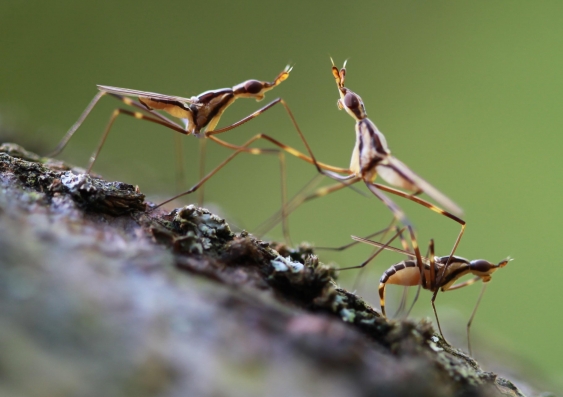Semen secrets: how a previous sexual partner can influence another male’s offspring
UNSW scientists have discovered a new form of non-genetic inheritance, showing for the first time that offspring can resemble a mother’s previous sexual partner – in flies at least.


